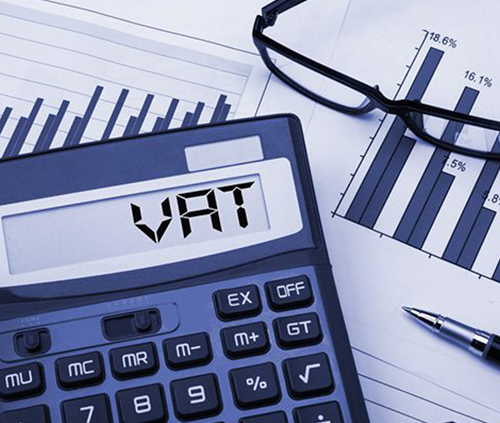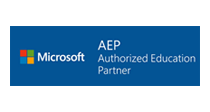Accounting and Finance
Accounting for VAT
Why Attend
With the expected introduction of a Value Added Tax (VAT) in the GCC countries, companies have to be prepared by upgrading the skills of their accounting staff to fully understand and properly account for the VAT. From invoicing to recording entries and preparing VAT return forms, this course provides an overview of the accounting treatment of the VAT according to the various type of goods and services. Additionally, we compiled from multiple sources the possible VAT treatments, challenges faced and questions to ask by industry, in order to help businesses in the GCC understand the likely impact from adopting VAT on their operations and financial accounts.
This course is part two of the VAT training series. While it is recommended that participants first attend part one, titled “Introduction and Mechanics of VAT” which is offered a day earlier, accounting and finance professionals can still attend the “Accounting for VAT” course only; however, they will not be able to avail the special discount given if attending the two courses.
Course Methodology
The course uses a mix of interactive techniques, such as brief presentations by the consultant, application of theories and group exercises to exchange experience and apply knowledge acquired throughout the course.
Course Objectives
By the end of the course, participants will be able to:- Explain how to account for VAT on purchase and sales of goods or services whether the entity is registered in VAT or not
- Use the company’s trial balance to fill up a VAT return
- Formulate a preliminary assessment of impact of VAT adoption on operations and accounts
Target Audience
Staff accountants, senior accountants, chief accountants, accounting managers, controllers, internal auditors, tax consultants, tax preparers and other professionals in the accounting and finance functions
Target Competencies
- Understanding VAT
- Accounting for VAT

Course Outline
- Accounting for VAT
- Issuing the VAT invoice
- What does a VAT invoice look like?
- Contents of an invoice
- Difference between cash business and sales on account
- VAT records and documentation to be maintained
- Accounting entries for VAT
- Local purchases of goods and services
- Imported goods and services
- VAT on expenses
- Self-supply of goods and services
- VAT on sales
- Discounts provided to customers
- Returned goods
- Exchanged goods
- Interest on late customers’ payments
- VAT entries for bad debts write-offs
- VAT entries for down-payments
- Treatment of damaged goods
- Sale on consignment: treatment for consignee and consignor
- VAT on leases: operating and finance leases
- Purchases and sales of fixed asset
- Entities providing non-vatable activities
- Trial balance accounts needed to complete a VAT return
- Expected format of a VAT return
REQUEST CALL BACK
Would you like to speak to one of our consulting advisers over the phone? Just submit your details and we’ll be in touch shortly.














